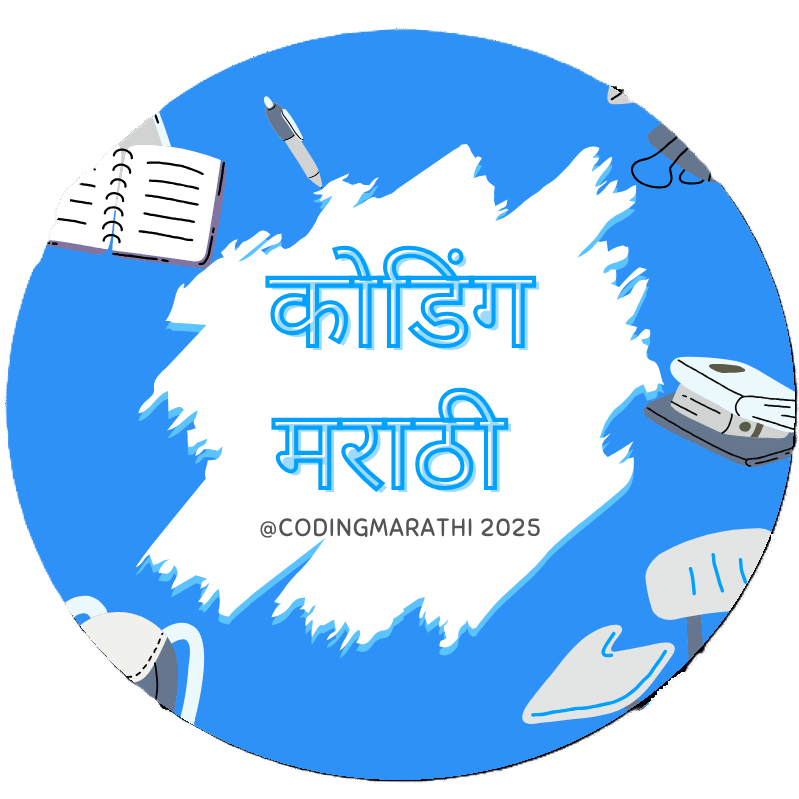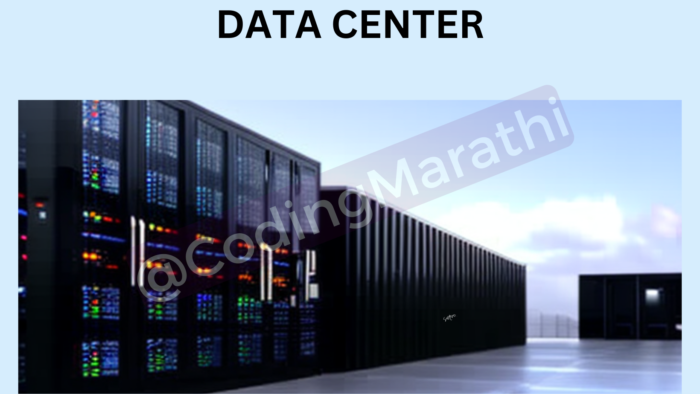Traditional data storage in libraries involves storing data in books. The books contain written or printed information that can be used to store and retrieve data. Data stored in books can include text, images, charts, graphs, and other forms of information. The books are arranged on shelves according to a cataloging system that allows users to find the information they need. Librarians maintain the collection by adding new books and removing outdated or irrelevant ones. The books provide a reliable, durable, and accessible way to store and preserve data for future generations.

In today’s data-driven world, databases and SQL are critical tools for managing and organizing large volumes of data. SQL (Structured Query Language) is a programming language used to communicate with databases, allowing users to manipulate and retrieve data efficiently. In this article, we will introduce you to the world of databases and SQL.
A database is a collection of data organized in a specific way to enable efficient retrieval and management. Databases come in many forms, such as relational, NoSQL, and graph databases. Relational databases are the most common type and use tables to store data. Tables consist of rows and columns, with each row representing a single record and each column representing a specific attribute of that record. NoSQL and graph databases use different data models, but all share the common goal of efficient data storage and retrieval.
Data is typically stored in data centers, servers, and clouds. These technologies use digital storage systems to store and manage data, allowing for faster access, scalability, and flexibility. Data centers are large facilities that house servers, storage devices, and networking equipment. They provide the physical infrastructure necessary to support digital data storage and management. Servers are powerful computers that process and manage data, often used to run applications or websites. Cloud storage involves storing data on remote servers accessed over the internet, providing a cost-effective and convenient way to store and manage data. Data is often encrypted and backed up to ensure security and data recovery in case of disasters or other issues.

Requirements for learning about databases and SQL.
These include:
- A computer: You’ll need access to a computer with an internet connection to access online resources and download database management systems and software.
- A database management system: This is the software that allows you to manage databases. Examples include MySQL, Microsoft SQL Server, and Oracle. You can download and install these systems for free or purchase them from software vendors.
- A willingness to learn: Learning about databases and SQL can be challenging, but it’s also rewarding. You’ll need to be dedicated and willing to put in the time and effort to learn and practice these skills.
Once you have these requirements, you can begin your journey of learning about databases and SQL. Here are some steps to follow:
- Start with the basics: Learn the fundamentals of databases, such as what they are, how they work, and why they’re important. This will provide a strong foundation for learning about SQL.
- Learn SQL: SQL is the language used to interact with databases. Start by learning the basics of SQL, such as how to create tables, insert data, and run queries. As you become more comfortable with SQL, you can move on to more advanced topics such as data manipulation, joins, and subqueries.
- Practice: Practice is essential for learning about databases and SQL. Use your database management system to create databases and tables, insert data, and run queries. There are also many online resources and tutorials available to help you practice and reinforce your skills.
- Stay up-to-date: Databases and SQL are constantly evolving, with new features and updates being released regularly. Stay up-to-date by reading industry news and blogs, attending conferences and workshops, and participating in online forums and discussion groups.
learning Databases and SQL with data security for students, emphasizing that it is a never-ending field with job opportunities as long as there is data. It explains how databases are essential in modern computing and SQL is the language used to interact with them. By learning about Databases and SQL, students can develop valuable skills that are in high demand in various fields such as software development, data analytics, and business intelligence. The blog encourages students to stay up-to-date with the latest developments and trends in databases and SQL and to continue learning and practicing to excel in their careers.

